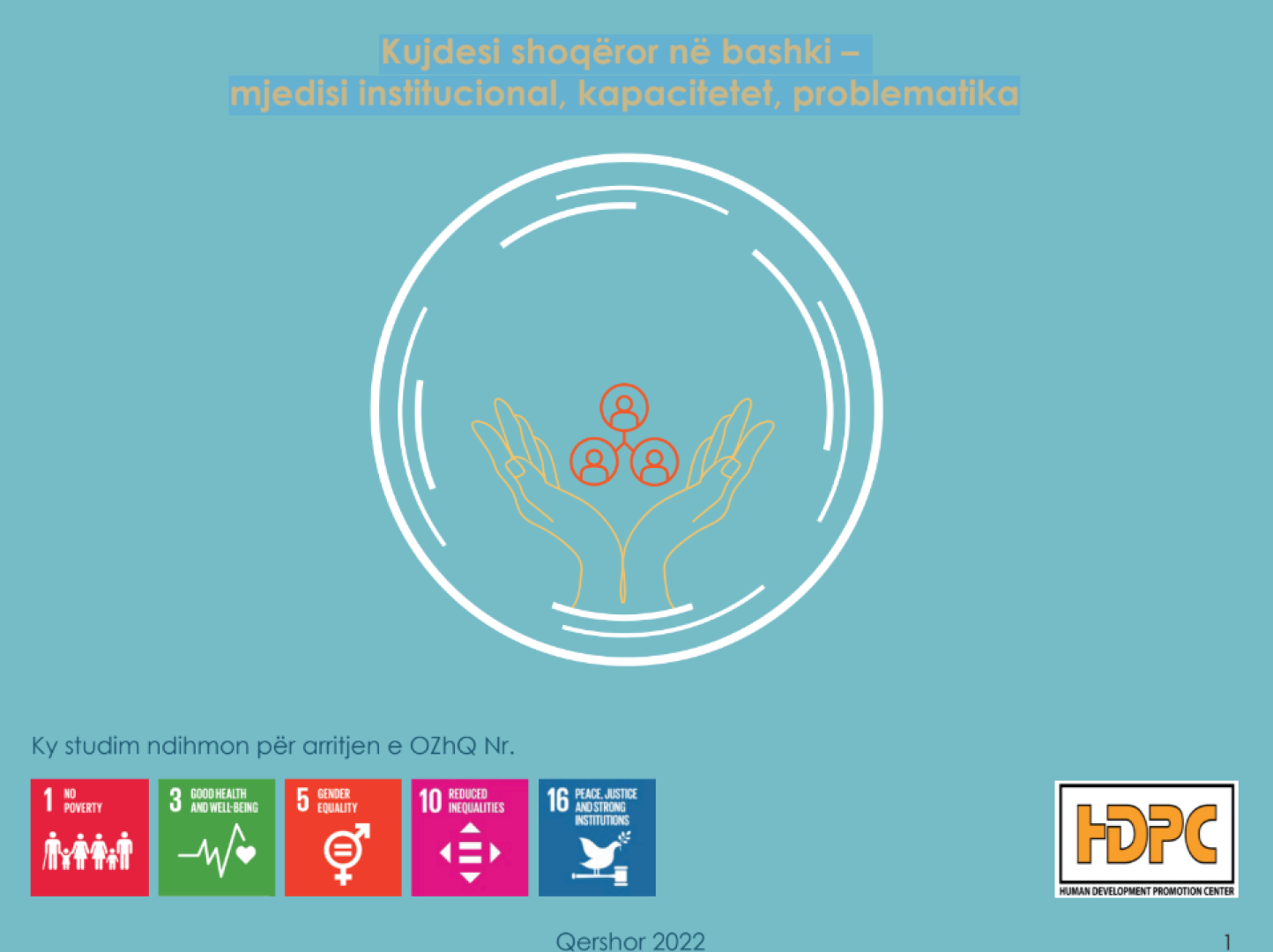Health Sector Budget Brief

Public expenditure in the health sector increased from 40.9 billion All in 2015 to 53.1 billion All in 2020. As a share of the total government budget, expenditure in the health sector during 2020 accounted for 12 percent of government expenditure and 3.8 percent of the GDP. The financing of the health sector is complemented by the Compulsory Health Insurance Fund budget, which accounts for about 25% of the health sector budget.
The unprecedented Covid-19 pandemic increased pressure on the public health sector and the required mobilization of additional resources contributed to significant increase in public expenditure for the sector in the 2020 budget and the medium term budget framework.
The health sector budget (including health services for children) is allocated through four budget programs. The relative size of the main programs in the annual budget of the Ministry of Health and Social Protection, for 2020 are: Primary Health Care (12.7 %), Secondary Health Care (43.2%), Public Health Services (4.6%) and National Emergency Service (0.5%).
Expenditure per child in health is difficult to be defined, disaggregated from total data, and monitored, with the only exception the indicator of vaccination which is dedicated for children.
About 70% of health programs budget is spend on internal transfers, through the public health care system. The share of recurrent expenditure (wages, social insurance, goods and services and transfers) is above 90% while the capital expenditure is more limited. There are weak linkages between the sectorial and crosscutting strategies in the health sector with the MTBP, including the utilization of the monitoring indicators. Private household’s out-of-pocket payments on health, as a share of current health expenditure is 56% and is the highest value in the region or about 4 times higher than the value of this indicator in the EU area.
Revision of the budget during the year is challenging in the planning process. Over the recent years the executed budget is typically lower than the revised budget, which is also lower than the initially approved budget, except for the electoral years. Improving the linkage between health performance indicators and fund allocation would be important in improving the efficiency in budgeting.




